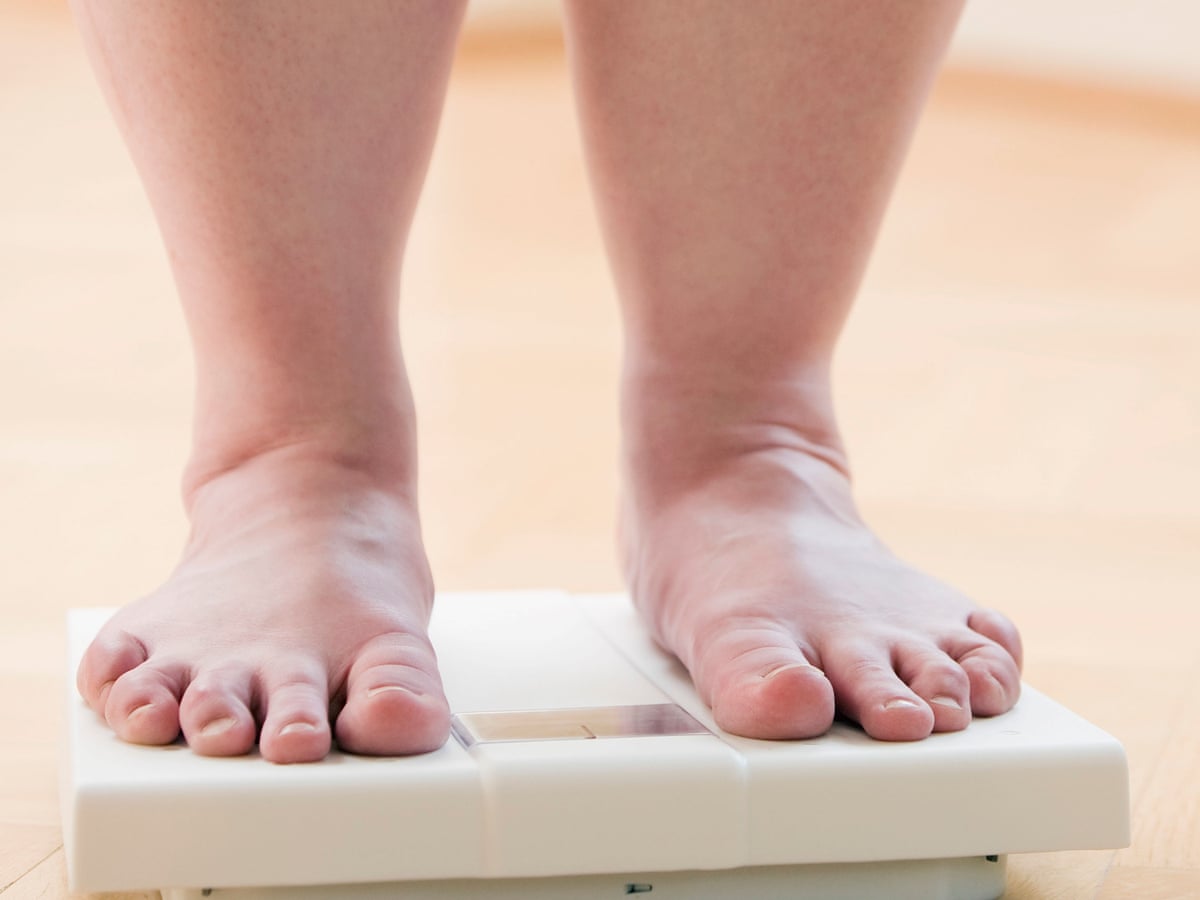
But getting that information to your diabetic patients could help save their feet. It takes a team of specialists working together, assessing patients one by one, to arrive at an effective treatment plan. And what lower extremity practitioners may not realize is that nutrition is a key part of that multidisciplinary equation. But even blood sugar management requires more than a cookie-cutter approach, according to Wanda Howell, PhD, RD, university distinguished professor of nutrition science at the University of Arizona. So you truly do have to work with each patient individually, so each maintains a relatively narrow range of blood sugar levels, even if the levels are a little high. However, the database did not distinguish between type 1 and type 2 diabetes. What is problematic, however, is determining the optimal way to take in vitamin D and how much supplementation is beneficial. If I get an extra hour of sun exposure, do I need to take less of a supplement? No direct correlation exists between serum levels of vitamin D and the intake levels of supplements, Diaz said, which is why she and her colleagues recommend using the serum level as a guide for patients on an individual basis. Now to IU seems to be adequate. Jacobs and Associates in St.
Nutrition is a critical component of healing diabetic foot ulcers, particularly as it relates to immune function, malnutrition, glycemic control, and weight loss and weight maintenance. Diabetes educators should include nutrition assessment and intervention as key components of the overall diabetes treatment plan to help patients with diabetic foot ulcers maximize their nutritional status and promote wound healing. Collins: Nutrition does indeed play an important role in the prevention and treatment of diabetic foot ulcers. A poor diet can result in altered immune function, malnutrition and poor glycemic control, all of which are risk factors for poor healing. Malnutrition and nutrient deficiencies can impair collagen synthesis, prolong inflammation, decrease phagocytosis causing dysfunction of B and T cells, and decrease the mechanical strength of the skin. Once a patient has a wound, achieving and maintaining a healthy body weight can help maximize wound healing because obesity can negatively affect glycemic control. Often just losing extra weight can help with glucose control and, in turn, wound healing. Of course, weight loss proves very challenging for most patients.
A majority of DFU patients are suffering from undernutrition or malnutrition. The efficacy of subcutaneous goretex implants in monitoring wound healing response in experimental protein deficiency. Back to Healio. These are often due to reduced blood supply, reduced sensation, foot deformity, the presence of trauma, or a combination of all or some of these causes. Changes in the immune system are conditioned by nutrition. What we do know is that every patient should meet the Dietary Reference Intakes for vitamins and minerals for these and other nutrients daily. View Metrics. Receive exclusive offers and updates from Oxford Academic. Findings from five studies showed very low-certainty evidence regarding the effect of oral nutritional supplements in tablet form on the healing of foot ulcers in people with diabetes.
